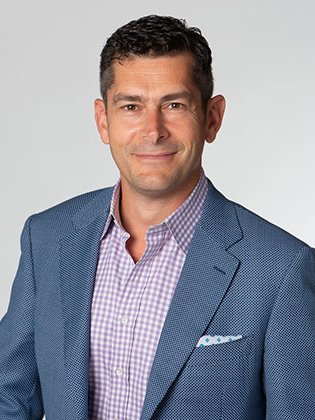Finance consulting
Create a resilient financial future through intensifying market disruptions and escalating business volatility. Chief Financial Officers (CFOs) and Chief Risk Officers (CROs) must manage complex transformations while sustaining performance, profitability and resilience. Integrating generative AI is crucial, enabling smarter, faster decision-making and enhancing risk management strategies to navigate a challenging landscape effectively.
Finance and risk management now
93%
of CFOs say the responsibility they’ve been entrusted with feels much greater than in the past
90%
of CFOs call the shots on business-critical decisions that impact the entire organization, not just finance
83%
of risk leaders believe that complex, interconnected new risks are emerging at a more rapid pace than ever before
72%
of risk leaders say their risk management capabilities have not kept pace with the rapidly changing landscape
How to reinvent finance and risk management
Enterprise Performance Management
Accelerate accurate business decision-making with better insights
Accurate financial foresight is essential, yet many organizations lack the needed tools. Achieve an up to 95% increase in reporting quality with integrated, enterprise-wide financial planning and analysis.

Finance Platform Transformation
Is your finance function stuck in the slow lane?
In volatile markets, speed is key. With an advanced finance platform, cut data gathering time by up to 57% and expedite reporting by up to 75%, liberating finance talent to focus on advising your business.

Risk and Compliance
Simplify compliance and improve risk management with AI-driven solutions
93% of risk leaders believe AI simplifies compliance. Upgrade your risk function with AI-driven solutions and controls to meet regulatory and operational requirements.
Sustainability Measurement
Devote equal energy to ESG and financial measurement and pivot to growth
Only 26% of CFOs trust their ESG data. Dependable data is crucial for compliance. Discover how generative AI and advanced data capabilities can address data deficiencies—and boost your competitive edge.

Finance Managed Services
Halve your costs with our managed services model
Slash costs by up to 50% with our managed services model, which allows you to tap into the latest technologies, our extensive network of ecosystem partners and 40,000+ specialized talent based on need.
What’s trending in finance and risk management
Awards and recognition
Our leaders

Jason Dess
Lead – CFO & Enterprise Value

Craig Richey
Americas Lead – CFO & Enterprise Value

Paul Prendergast
EMEA Lead – CFO & Enterprise Value

Paul Zanker
Growth Markets Lead – CFO & Enterprise Value







